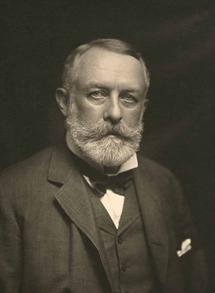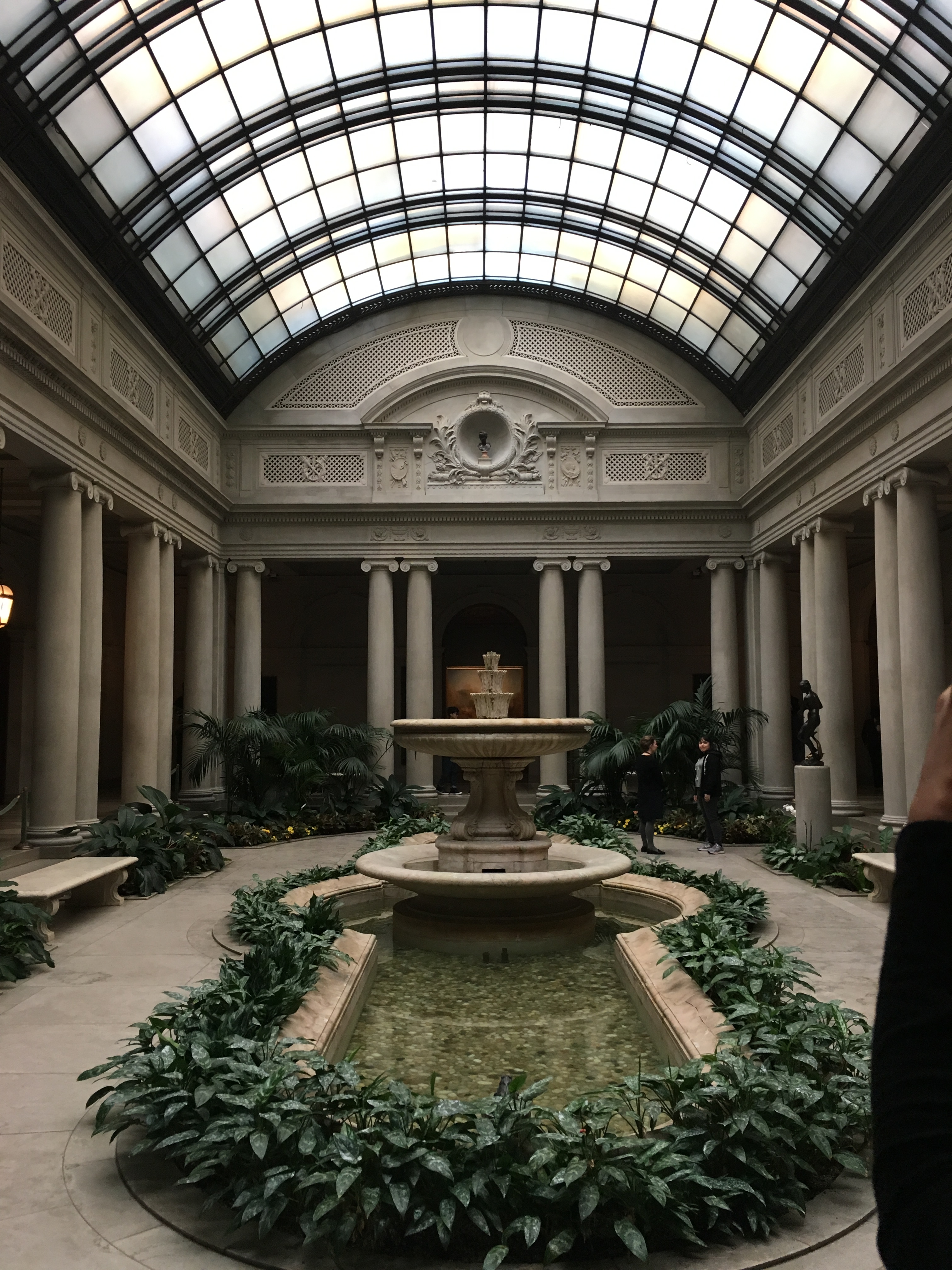http://www.frick.org/collection/areas_collection
Henry Clay Frick was one of Americas most successful industrialists, he has created masterpieces of western painting, sculpture, and decorative art, displayed in a serene and intimate setting. The Frick Collection offers a unique presentation of artwork.
During the semester, we have visited a few places and even enjoyed a walk in central park to explore and see a statue of Shakespeare, however my favorite trip this semester was visiting the The Frick Collection. It was my favorite because, in class we have explored “close reading” Where we take a passage and analyze the passage and go in depth of what the author is trying to indicate to the readers. In the Frick we explored “close looking” which was a little different. Instead of reading a passage we were asked to go into the painting and try to see whats going on in the painting, why was it painted this way? and what kind of paint was used and why? I found close looking very interesting and more “real”, you were able to see the painting in many different ways and it was easier to analyze. I think close looking helps to see details in artwork that you couldn’t see before and it also helps with creating another story within the painting which I found intriguing, because I never looked at artwork that way. Sometimes you see a painting as a regular painting, but the truth is they all tell a story you just have use your close looking skills in order to put the pieces of the story together.
We were all paired off into groups and set off into different rooms to close look some paintings. The tour guide that we had was amazing she gave us some much information about all the paintings and their purpose. I really loved all the artwork that was displayed out for everyone to see. I will always close look art work wherever I go. Below are some art work that my group and I were able too see. Test your close looking skills and tell me what you see.




